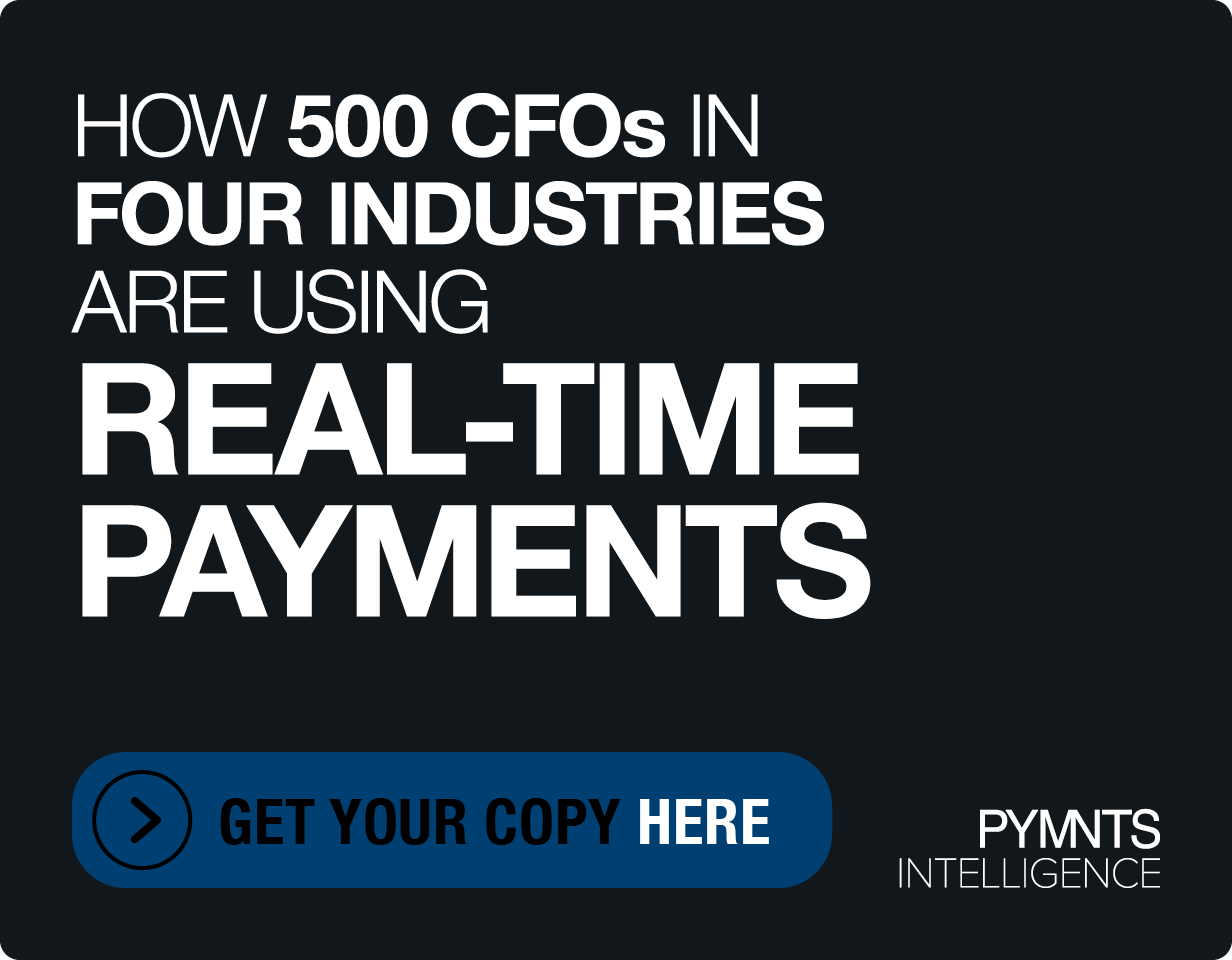RoadSync CEO Says Paper Checks Taking a Back Seat When Drivers Get Paid
It’s hard to name a more vital component of the economy than the logistics industry.
However, it’s just as hard to name a more challenging and fragmented payment landscape than the one supporting the logistics space — its fragmented payer and payee base has led to ongoing snarls and historical complexities that make easy and seamless transactions a bit of a pipe dream.
“You have a lot of different players in motion and that has meant that you’re often transacting with someone you don’t have an established business relationship with,” Robin Gregg, CEO at RoadSync, tells PYMNTS CEO Karen Webster.
“And when you’re doing that on paper, it’s slow, it’s fraud prone, it’s error prone, and it’s really clunky,” Gregg says.
She explains that the sheer number of players in the transportation industry, which is characterized by a multitude of small carriers and independent operators, creates a relatively low level of trust — and that low level of trust subsequently makes the widespread adoption of digital transactions “hard to get going.”
Still, digital payments offer efficiency, security, and speed, which are vital for an industry where time-sensitive deliveries and cash flow management are paramount. As they become increasingly aware of the benefits digital payment platforms provide, logistics players are starting to come around to them.
“They are digital in their personal lives, so why not be digital in their business lives?” says Gregg.
Not to mention that everyone, no matter the sector, could ultimately stand to get the money they’re owed a little faster.
The Role of Digital Payments in Addressing the Trust Factor
One of the key challenges in driving adoption of digital payments within the logistics industry is building trust among the payers and payees. Many truckers and carriers are comfortable with traditional payment methods, such as paper checks, because they provide tangible proof of payment.
“It is complex to run some of these businesses — it’s hard work — and so payments, if it already works, people are okay with what they have in place,” Gregg says.
However, managing payments within fleets can be complex due to their fragmented nature, particularly for businesses that are looking to scale or grow. Digital payment solutions have become essential in providing a unified platform for these operators to streamline payments, improve cash flow, and enhance the overall service experience.
“Businesses are realizing that there is a cost to some of the legacy things that they’re doing, and that it can be an impediment to making their business efficient if they don’t have some of these solutions,” Gregg explains.
That’s why RoadSync on Monday (Oct. 16) launched RoadSync Pay, a new solution designed to modernize, streamline, and expedite payments for brokers and carriers, letting brokers effortlessly schedule and automate payments to their carriers and factoring companies using preferred methods like Instant Real-Time Payments (RTP).
“The idea was to provide these modern payment rails so it’s easy to manage all of these types of payments and payment needs in a single interface, making it faster and easier than what they’re doing today, which might be a combination of things,” Gregg says.
Over time, she hopes, as trust in the platform grows, more operators are likely to opt for digital payments.
The Transportation Payments Ecosystem is Evolving
The logistics industry is on the cusp of a digital transformation in payments, driven by the need for efficiency, faster access to funds, and improved service quality.
Gregg explains that a lot of innovation in the logistics space has been focused on creating the “next generation” of services that already exist by leveraging technology to provide a better experience.
She adds that next generation fuel cards are another innovation area, while noting that they are closed-loop ecosystems and much of the innovation is, again, centered around updating an existing experience.
“We think that there’s opportunity to enable better payments within the software that people are using on a regular basis…I think the incumbents will keep a place and fuel cards will exist, so having a platform that plays with different payment types is important,” Gregg explains.
“Part of adoption is providing some level of control and autonomy over end-user payment decisions,” she adds.
As for what the RoadSync CEO sees the future holding?
“I think businesses now understand that no matter how traditional they are, how they’ve been operating, that now is the time to update how they work – and a lot of that is centered around the driver experience,” she says.
“To be competitive in this industry, you need to have really great drivers, they manage the quality of your service, they determine whether or not you’re on time, whether or not the goods come and they’re in the shape they need to be…and the best way to have the best drivers is to be super easy to work with. And a lot of those ways center around money: how fast you can pay, and how convenient it is,” Gregg adds. “And you need digital tools to enable those solutions.”

